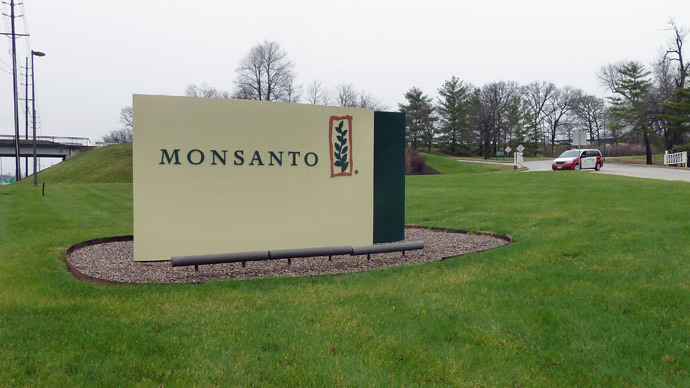Monsanto begins compensating victims of dioxin exposure

Residents of a West Virginia town that formerly hosted a Monsanto factory that produced noxious, cancer-causing chemicals can begin receiving assistance promised through a 2012, multi-million-dollar settlement.
A long-promised claims office finally opened up on First Avenue in Nitro, WV on Tuesday this week, meaning residents there will now be able to drop by five-days a week through October 31 in order to learn about what kind of coverage they are eligible to receive.
Monsanto, a major biotech corporation and the world’s largest seed producer, shut down their Nitro plan in 2004. Decades beforehand, however, the company produced the Vietnam War-era herbicide Agent Orange at the facility. Dioxin, a chemical by-product of the weed killer, was later linked to causing cancer and other serious health problems in those exposed to it.
In lieu of going to trial over the contamination, the biotech company agreed in 2012 to spend millions of dollars on a program that for the next three decades will assist residents of Nitro impacted by the plant.
West Virginia’s State Journal reported this week that anyone who lived, worked or attended school in areas impacted by the dioxin contamination can now show up at the claims office and register in order to formally express their interest in receiving free medical monitoring or have their property cleaned-up.
Under the terms of the settlement, Monsanto agreed to pay $84 million on the 30-year monitoring program, according to the State Journal — $21 million towards initial testing, and $63 million if dioxin test results suggests more should be done. Additionally, the company pledged $9 million towards property clean-up efforts to be undertaken at cites still contaminated. According to a 2013 report in the West Virginia Gazette, Monsanto planned on cleaning upwards of 4,500 homes in the area that were contaminated with dioxin dust. That procedure, the paper reported at the time, was expected to include vacuuming carpets, rugs and accessible horizontal surfaces with High Efficiency Particulate Air (HEPA) filter vacuums, wet cleaning floors, floor vents, tops of doors and window moldings, interior window sills, ceiling fans, light fixtures and radiators.
Thomas V. Flaherty, the court-appointed administrator of the class action settlement, told the paper that the opening of the claims office means that millions of dollars can soon go towards "medical examinations and property cleanup services to people and property affected the production of 'dioxin' at the Nitro Monsanto plant.” In order to be eligible, claims filers must be able to show that they worked, lived or studied near Nitro between 1948 and 2010.
“We are pleased to resolve this matter and end any concerns about historic operations at the Nitro plant,” Scott Partridge, Monsanto counsel, said in a statement when the settlement was first reached in 2012.
Meanwhile, a recent study has suggested that Roundup, a Monsanto-made herbicide used to treat the company’s GMO crops, may be linked to a fatal kidney disease. The study, published earlier this year in the International Journal of Environmental Research and Public Health, concluded that Roundup’s key ingredient, glyphosate, becomes highly toxic to the kidneys when mixed withor metals like arsenic and cadmium that often exist naturally in the soil. RT reported at the time that glyphosate was patented as a herbicide by Monsanto in the early 1970s, and has since been used to treat crops around the world, albeit with allegedly adverse reactions.














